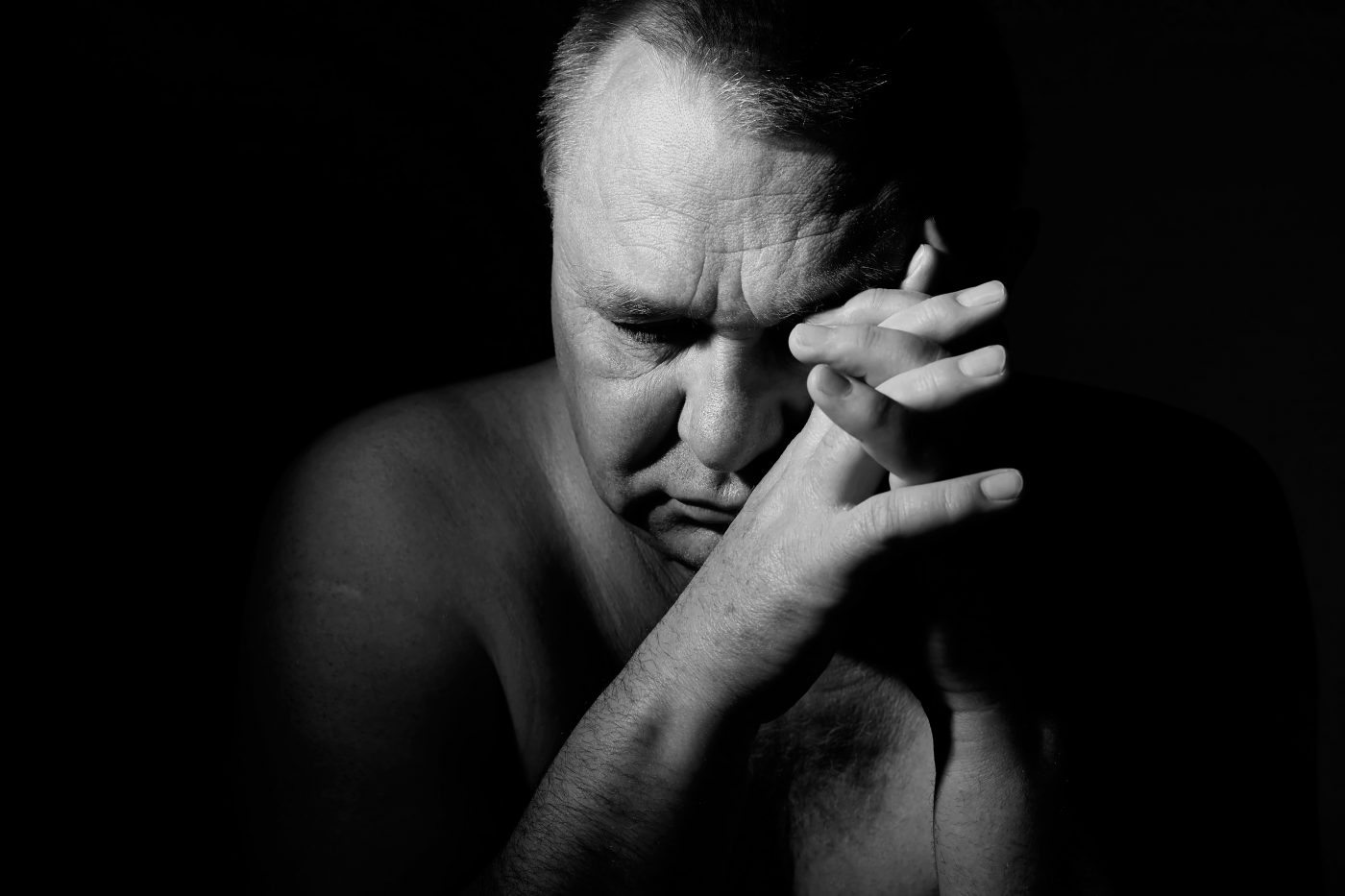Invisible Disabilities Association Video Covers Disorders That Many Can’t See Signs of
Written by |

The Invisible Disabilities Association has made a video to promote public understanding of invisible diseases like lupus and help those who have them talk about them with family and friends.
The association raises global awareness of the diseases and provides support and resources to people who have them. Allsup, which helps people with disabilities obtain resources to cope with them, sponsored the making of the video, whose title is “I Am Invisible No More.”
As the name implies, invisible disabilities are those that others are unable to detect.
“People living with invisible disabilities may not appear to have any challenges, but sometimes this makes their battles even harder to fight,” Wayne Connell, the association’s founder, said in a press release. “Imagine being constantly and unfairly judged, labeled as lazy or anti-social, because people, including your family and friends, do not believe or know that you have a disability.”
The video features personal stories of people and families who live with diseases that leave them disabled but whose symptoms are invisible to others.
Lupus patients have symptoms like rash, joint and muscle pain, kidney problems and neurological disorders that are not visible to others. But these manifestations can have a profound impact on how someone with the disease engages with others or carries out their normal activities.
Often those who don’t experience the symptoms, or don’t have a loved one who does, can’t grasp the extent to which invisible disabilities can affect someone’s life.
“By sharing their stories, people living with invisible disabilities can help their family, friends and the public become more mindful of how they treat others, and also learn how to offer critical support if they know someone living with an invisible disability,” said Tai Prohaska, Allsup’s manager of strategic alliances.
An invisible disability is defined as any physical, mental or neurological condition that limits one’s movements, senses or activities in a way that others cannot see or experience.
“No one would get angry or upset with someone with a broken leg for turning down an invitation to go hiking,” Connell said. “But people with invisible disabilities often have to deal with negative reactions from people who don’t understand their illnesses.”
It is estimated that one in 10 people struggles with a medical condition that can be invisible at one time or another, including heart disease, traumatic brain injury, and multiple sclerosis.
The association offers programs and services for people with invisible disabilities, including the Invisible Disabilities Week, which this year will run from Oct. 14 to 20.




